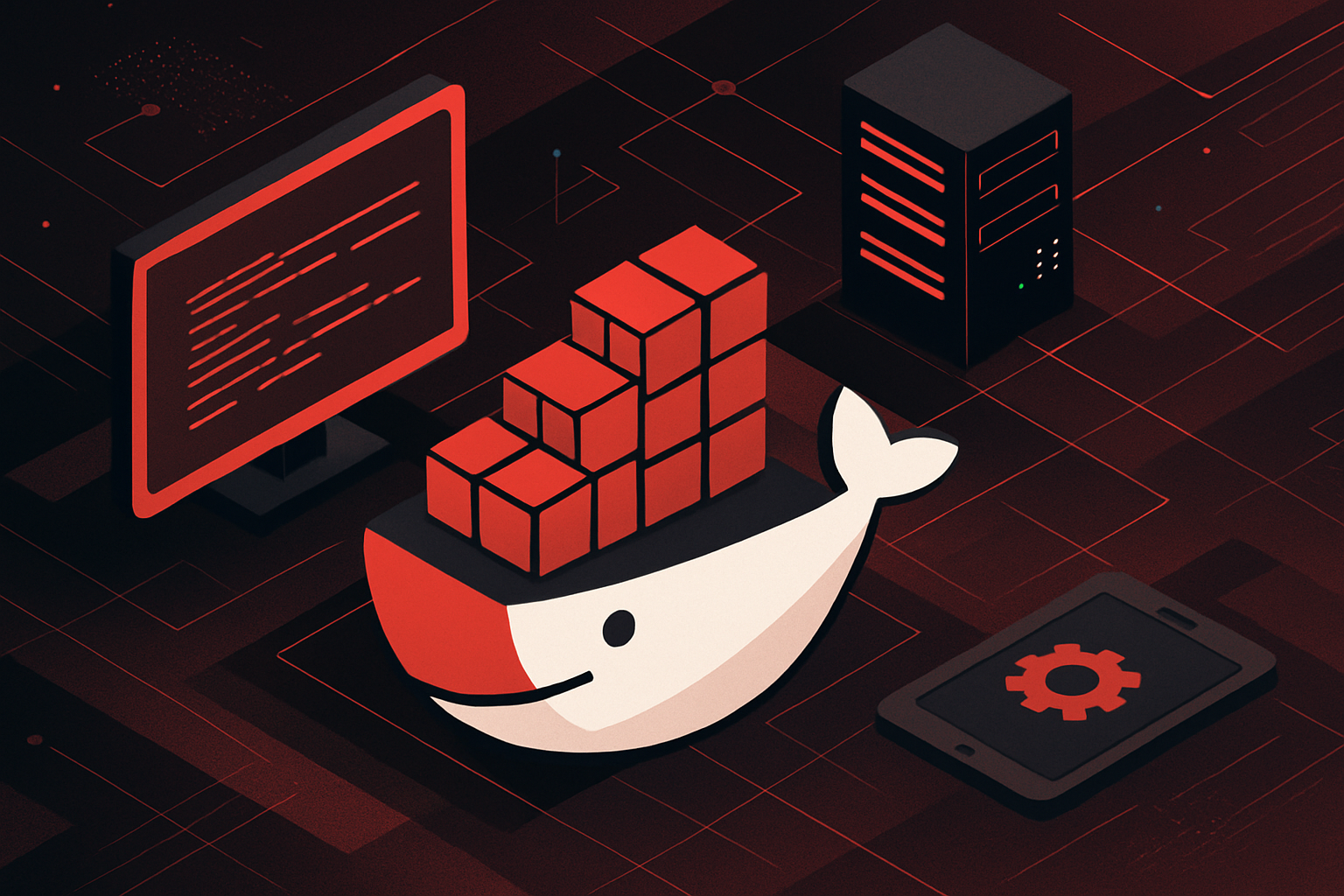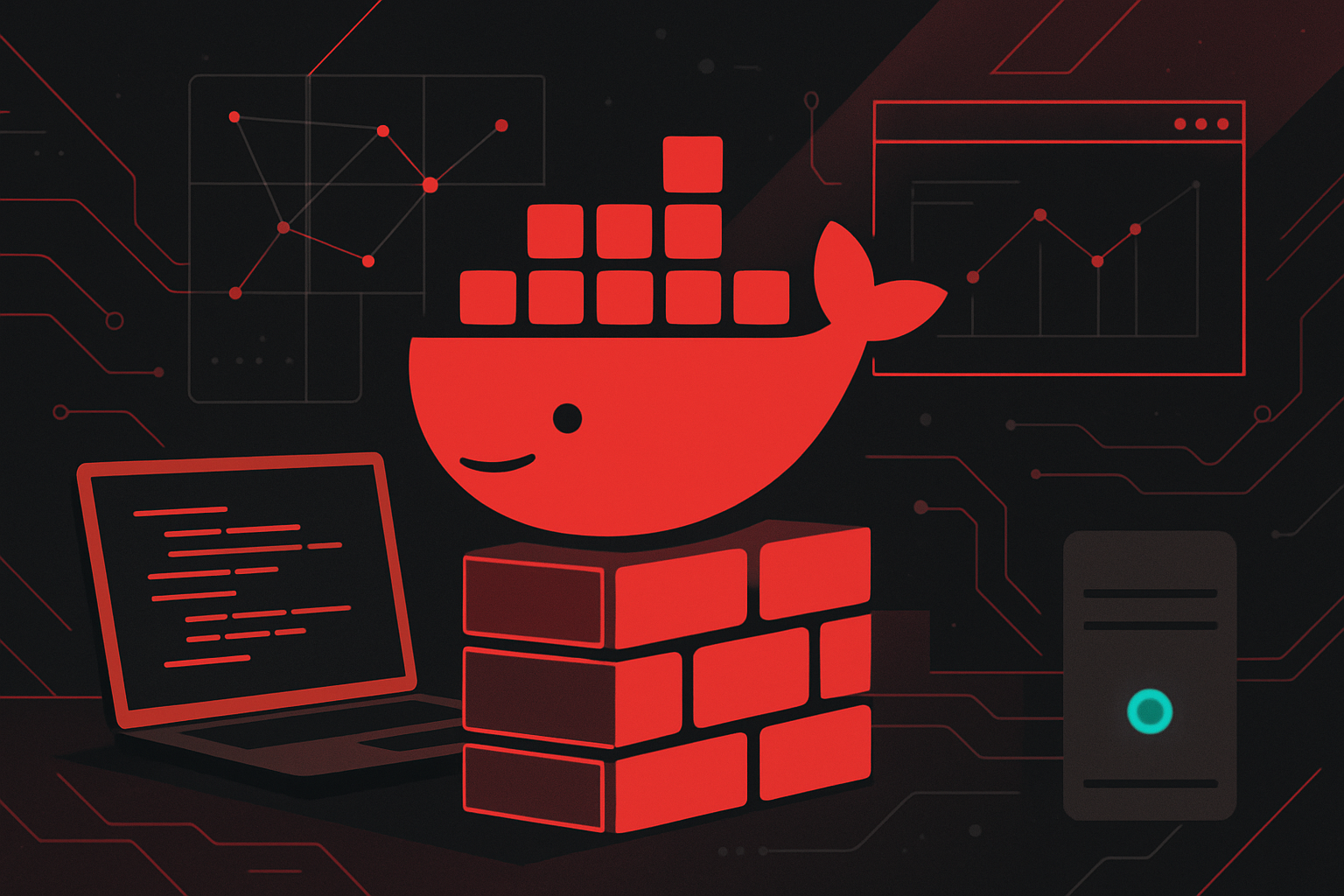Top Cloud Providers Compared in 2024

Top Cloud Providers Compared in 2024
Amazon Web Services (AWS)
Overview
Amazon Web Services continues to dominate the cloud landscape, offering a vast array of services that cater to virtually every business need. From compute power with EC2 to scalable storage solutions like S3, AWS’s ecosystem is comprehensive.
Strengths
- Scalability and Flexibility: AWS provides unmatched scalability. Auto-scaling and Elastic Load Balancing ensure that applications can handle any level of demand.
- Global Reach: With data centers in numerous countries, AWS offers low-latency connections and compliance with local data regulations.
- Rich Ecosystem: AWS Marketplace offers thousands of software listings, and the AWS Partner Network (APN) facilitates collaboration and innovation.
Weaknesses
- Complex Pricing: AWS’s pricing model can be complicated, often requiring careful analysis to avoid unexpected costs.
- Steep Learning Curve: The extensive range of services requires significant expertise to leverage effectively.
Example: Deploying a Web Application
aws ec2 run-instances --image-id ami-0abcdef1234567890 --count 1 --instance-type t2.micro --key-name MyKeyPair --security-groups my-sg
Microsoft Azure
Overview
Microsoft Azure stands out for its seamless integration with Microsoft products, making it a popular choice for enterprises already using Windows Server, SQL Server, and other Microsoft software.
Strengths
- Hybrid Cloud Solutions: Azure Arc and Azure Stack allow for seamless integration between on-premises and cloud environments.
- AI and Machine Learning: Azure Machine Learning provides robust tools for developing AI solutions.
- Developer Tools: Visual Studio and GitHub integration streamline the development process.
Weaknesses
- Service Outages: Historically, Azure has experienced more service disruptions compared to its competitors.
- Complexity in Multi-Cloud Management: Managing resources across different cloud providers can be challenging with Azure.
Example: Creating a Virtual Machine
az vm create --resource-group MyResourceGroup --name MyVm --image UbuntuLTS --admin-username azureuser --generate-ssh-keys
Google Cloud Platform (GCP)
Overview
Google Cloud Platform is known for its innovation in data analytics and machine learning, leveraging Google’s expertise in AI.
Strengths
- Data and AI Services: BigQuery and TensorFlow are industry-leading tools for data analytics and machine learning.
- Kubernetes Support: Google Kubernetes Engine (GKE) offers robust support for containerized applications.
- Network Performance: Google’s global fiber network ensures high-speed, reliable connections.
Weaknesses
- Market Share: While growing, GCP still trails behind AWS and Azure in terms of market penetration.
- Limited Enterprise Services: GCP’s enterprise service offerings are not as extensive as AWS’s or Azure’s.
Example: Deploying a Container
gcloud compute instances create-with-container my-container-instance --container-image=gcr.io/my-project/my-container-image
IBM Cloud
Overview
IBM Cloud is a strong contender in the hybrid cloud space, offering solutions that combine cloud-native and on-premises environments.
Strengths
- Hybrid Cloud and AI: IBM’s acquisition of Red Hat has bolstered its hybrid cloud capabilities.
- Enterprise Services: Strong focus on enterprise solutions, particularly in industries like finance and healthcare.
- Security and Compliance: Offers comprehensive security features and compliance controls.
Weaknesses
- Limited Global Reach: IBM Cloud’s data center footprint is smaller compared to AWS and Azure.
- Complex Integration: Integrating IBM Cloud with non-IBM environments can be challenging.
Example: Deploying a Watson Service
curl -X POST -u "apikey:{apikey}" --header "Content-Type: application/json" --data '{
"text": "Hello, this is a test of IBM Watson."
}' "https://api.us-south.text-to-speech.watson.cloud.ibm.com/instances/{instance_id}/v1/synthesize"
Oracle Cloud Infrastructure (OCI)
Overview
Oracle Cloud Infrastructure is designed with a focus on performance and enterprise workloads, particularly appealing to existing Oracle Database customers.
Strengths
- Performance: OCI is optimized for high-performance computing and large-scale enterprise applications.
- Cost-Effective: Offers competitive pricing models, particularly for Oracle Database users.
- Security: Advanced security features cater to enterprise needs.
Weaknesses
- Limited Third-Party Integrations: OCI lacks the extensive third-party ecosystem that AWS and Azure offer.
- User Experience: The user interface and experience can be less intuitive than competitors.
Example: Creating a Compute Instance
oci compute instance launch --availability-domain "AD-1" --compartment-id ocid1.compartment.oc1..example --display-name "myInstance" --shape "VM.Standard2.1" --image-id ocid1.image.oc1..example
Summary Table
| Provider | Strengths | Weaknesses | Best For |
|---|---|---|---|
| AWS | Scalability, Global Reach | Complex Pricing, Steep Learning Curve | General Purpose, Startups |
| Azure | Hybrid Solutions, AI Tools | Service Outages, Multi-Cloud Complexity | Enterprises, Microsoft Ecosystem |
| GCP | Data Analytics, Kubernetes | Market Share, Limited Enterprise Services | AI and ML, Startups |
| IBM Cloud | Hybrid Cloud, Enterprise Focus | Global Reach, Complex Integration | Enterprises, AI |
| OCI | Performance, Cost-Effective | Limited Integrations, User Experience | Oracle Database Users, Enterprises |
Each cloud provider in 2024 offers unique benefits and challenges, and the best choice depends on specific business needs, existing infrastructure, and future goals. Understanding these nuances is key to making an informed decision in the ever-evolving cloud landscape.





0 thoughts on “Top Cloud Providers Compared in 2024”